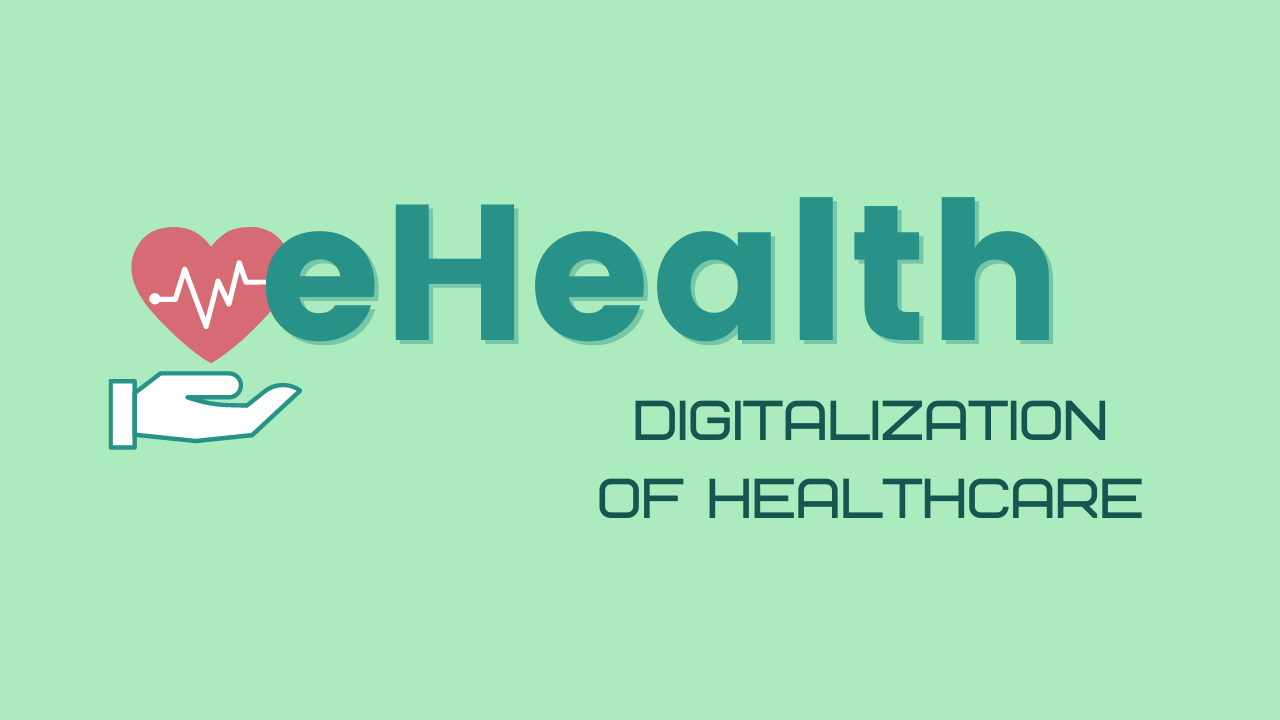eHealth
eHealth
Blog Article
eHealth
Overview
eHealth, also known as electronic well being or Health care technologies, refers back to the use of Digital conversation and knowledge technological know-how from the healthcare marketplace. It encompasses a wide array of systems and programs directed at bettering the performance, usefulness, and quality of healthcare supply.
Goals of eHealth
The leading objectives of eHealth might be summarized as follows:
Improved Entry to Healthcare: By leveraging electronic systems including telemedicine and distant patient monitoring, eHealth aims to boost usage of healthcare providers for people residing in distant areas or with restricted mobility.
Improved Excellent of Treatment: As a result of tools like electronic wellness data (EHRs) and medical decision assistance techniques (CDSS), eHealth seeks to reinforce the caliber of care by facilitating correct and timely details exchange amongst healthcare professionals.
Patient Empowerment: By supplying patients with access to their medical records, personalized health applications, and on the net academic assets, eHealth empowers folks to get an active role in running their own individual health.
Price tag Effectiveness: Using electronic platforms may also help lower administrative expenditures linked to paper-based mostly techniques while enabling economical coordination involving distinct stakeholders within the Health care ecosystem.
Important Apps of eHealth
Numerous key purposes contribute to acquiring the goals outlined above:
Electronic Health Data (EHRs):
EHRs are digital versions of patients' clinical information which might be very easily accessed by licensed healthcare suppliers involved in a individual's treatment. They provide an extensive view of a affected individual's health-related history, lab effects, medications prescribed, allergic reactions, as well as other suitable scientific info.
Telemedicine:
Telemedicine consists of offering Health care remotely through video clip conferencing or cell phone phone calls. It permits Medical doctors to consult with clients who simply cannot bodily go to hospitals or clinics as a result of geographical constraints or mobility difficulties.
Cellular Wellbeing (mHealth) Applications:
mHealth applications are smartphone apps that present many Health care products and services, which include monitoring critical signals, reminding people to choose medications, supplying access to health education supplies, and facilitating communication with Health care suppliers.
Remote Affected person Monitoring (RPM):
RPM will allow Health care pros to monitor a affected individual's critical symptoms together with other overall health parameters remotely making use of wearable gadgets or sensors. This allows early detection of medical issues and timely interventions.
Health Information and facts Exchange (HIE):
HIE entails the protected sharing of individual information throughout distinct Health care companies, making sure seamless coordination and continuity of care concerning suppliers in different options.
Scientific Determination Help Systems (CDSS):
CDSS leverage artificial intelligence algorithms to investigate health care information and guide healthcare gurus in producing proof-primarily based selections concerning prognosis, read more treatment strategies, drug interactions, and more.
Overall health Wearables:
These are definitely wearable units like Conditioning trackers or smartwatches that may acquire physiological details on an individual's exercising routines, coronary heart level patterns, rest excellent, and more.
Benefits of eHealth
The adoption of eHealth gives various benefits for each men and women and the general Health care method:
Improved Effectiveness: eHealth streamlines administrative jobs by cutting down paperwork and enabling the Digital Trade of data between stakeholders linked to affected individual treatment.
Increased Interaction: Electronic health and fitness tools aid helpful interaction concerning people as well as their Health care companies although also selling collaboration amid distinct specialists involved in a patient's treatment approach.
Usage of Specialized Care: Telemedicine will allow people residing in distant places or underserved communities to consult with professional Health professionals who might not be physically existing nearby.
Well timed Interventions: By way of remote checking programs or mobile applications that supply alerts or reminders for medication adherence or adhere to-up appointments, eHealth allows protect against problems by facilitating early interventions.
Enhanced Affected person Results: By delivering handy use of health-related info on the net as well as personalized wellbeing advice, eHealth empowers people to actively engage in their own individual healthcare and take care of Persistent ailments efficiently.
Troubles and Issues
Even though the implementation of eHealth comes along with several Gains, In addition, it provides worries and considerations that have to be dealt with:
Privateness and Security: Defending client data from unauthorized accessibility is a major issue in the digital wellness landscape. Sturdy protection steps, compliant with applicable privacy laws, have to be carried out to be certain data confidentiality.
Interoperability: Various healthcare techniques and programs might not constantly seamlessly communicate with each other as a result of insufficient interoperability expectations. Guaranteeing productive exchange of information throughout platforms is very important for in depth affected individual treatment.
Digital Divide: Not Every person has equal entry to electronic systems or possesses the mandatory digital literacy abilities needed for using eHealth tools correctly. Bridging the electronic divide turns into essential to ensure equitable use of healthcare solutions.
Regulatory Compliance: The dynamic mother nature of know-how typically surpasses existing regulatory frameworks. To totally leverage the many benefits of eHealth even though safeguarding affected person legal rights, rules need to maintain pace with technological enhancements without having stifling innovation.
Summary
eHealth plays a pivotal job in modernizing healthcare supply by harnessing technological innovation for improved accessibility, quality of care, affected individual empowerment, and value performance. The widespread adoption of electronic interaction resources, telemedicine expert services, mobile overall health applications, remote monitoring devices, as well as other impressive options contributes in direction of a far more related and affected person-centered approach to Health care provision. However, addressing problems relevant to privateness protection, interoperability specifications compliance bridging inequality gaps in Online accessibility are vital measures toward accomplishing the complete opportunity of eHealth.
